Types Of Ceilings
To many of us, a ceiling is just a ceiling, a pretty boring, large, flat surface a couple of feet above our heads. However, designers and architects, Renovators strive to make their homes distinctive, and to a creative designer, a ceiling is an opportunity to create a unique and attractive home element. Numerous ceiling designs have evolved over the years, and in addition to their distinctive appearances, each has some positives and some negatives associated with it
Conventional Ceiling
This is the standard issue, “Plain Jane” version of ceilings. It is essentially a wall laid on its side and then covered with drywall or plaster. Usually 8-feet high to fit with standard construction material sizes, conventional ceilings have the advantage of being easy to build and very functional, but there is nothing distinctive about them. Building a conventional ceiling 10-feet high will make a room feel larger, but the space comes at a significant cost since it requires non-standard construction materials
Suspended Ceiling
A different version of a conventional ceiling, a drop ceiling is a flat ceiling built underneath an existing ceiling. It consists of a metal grid suspended from the existing ceiling or the floor joists of the floor above, with ceiling panels built of lightweight acoustic material laid into the grid.
Suspended ceilings are great at hiding old ceilings, wiring, plumbing or mechanical fixtures. Since the ceiling panels are not fastened but just laid into a grid, a suspended ceiling also provides easy access to the hidden wiring or plumbing behind them. Suspended ceilings usually have an industrial appearance, although decorated panels are available, and they lower the original height of the ceiling by at least 6 inches, which can be a problem in basements where suspended ceilings are often used
Cathedral Ceiling
This is a high-sloping ceiling that is attached directly to the roof trusses and rises all the way to the top of the house. Cathedral ceilings provide a dramatic design element as well as an open and spacious feel to a room or a home entrance.
While visually attractive, cathedral ceilings do have some practical problems. Since the ceiling panels are attached directly to the roof trusses, the trusses themselves need to be wide enough (usually 12 inches) to allow for proper insulation and ventilation behind the ceiling. If the trusses are too thin, it will be impossible to properly insulate the house. Conversely, if the gaps are filled with insulation, there will be no space to allow for proper ventilation behind the ceiling.
Also, the height of a cathedral ceiling itself makes it difficult (or expensive) to paint or change light fixtures. Finally, the high ceiling and the associated large volume of air can make moving the air for heating or cooling the home an expensive proposition
Shed Ceiling
A shed ceiling is similar to a cathedral ceiling in that the ceiling line slopes up at one end.
The rise angle of the ceiling is not as steep as a cathedral ceiling, and shed ceilings are usually built with an attic above them for insulation and ventilation, so they don’t have the same drawbacks as a cathedral ceiling. However, if the angle of incline is steep, the same concerns with insulation and ventilation can arise
Vaulted Ceilings
Vaulted ceilings angle or arch up from the walls to the ceiling to provide a high, spacious feeling
Tray Ceilings
Tray ceilings supposedly resemble a tray turned upside down. Often they have a flat ceiling center with the sides sloping in from the walls to join the level ceiling surface. However, tray ceilings are sometimes built with a series of stepped square edges going from the wall to the flat part of the ceiling
Cove Ceilings
Cove ceilings have a rounded concave surface joining the walls and the flat ceiling. It is often possible to add decorative ceilings as part of a remodel or home upgrade. However, if the original design didn’t include the higher ceilings, modifying the original ceilings will quite likely require structural changes to the house. Before you make any structural changes, consult a structural engineer or an architect
Coffered Ceiling
A coffered ceiling is a pattern of indentations or recesses in an overhead surface. In architecture, a “coffer” is a sunken panel in a ceiling, including the interior surfaces of domes and vaults. If a surface is “coffered,” it is not smooth. The architectural detail has been popular since Renaissance architects imitated Classical Roman techniques. Modernist architects often play with the depth and shape of the coffer
Case Study
Some OfmOur Past Projects
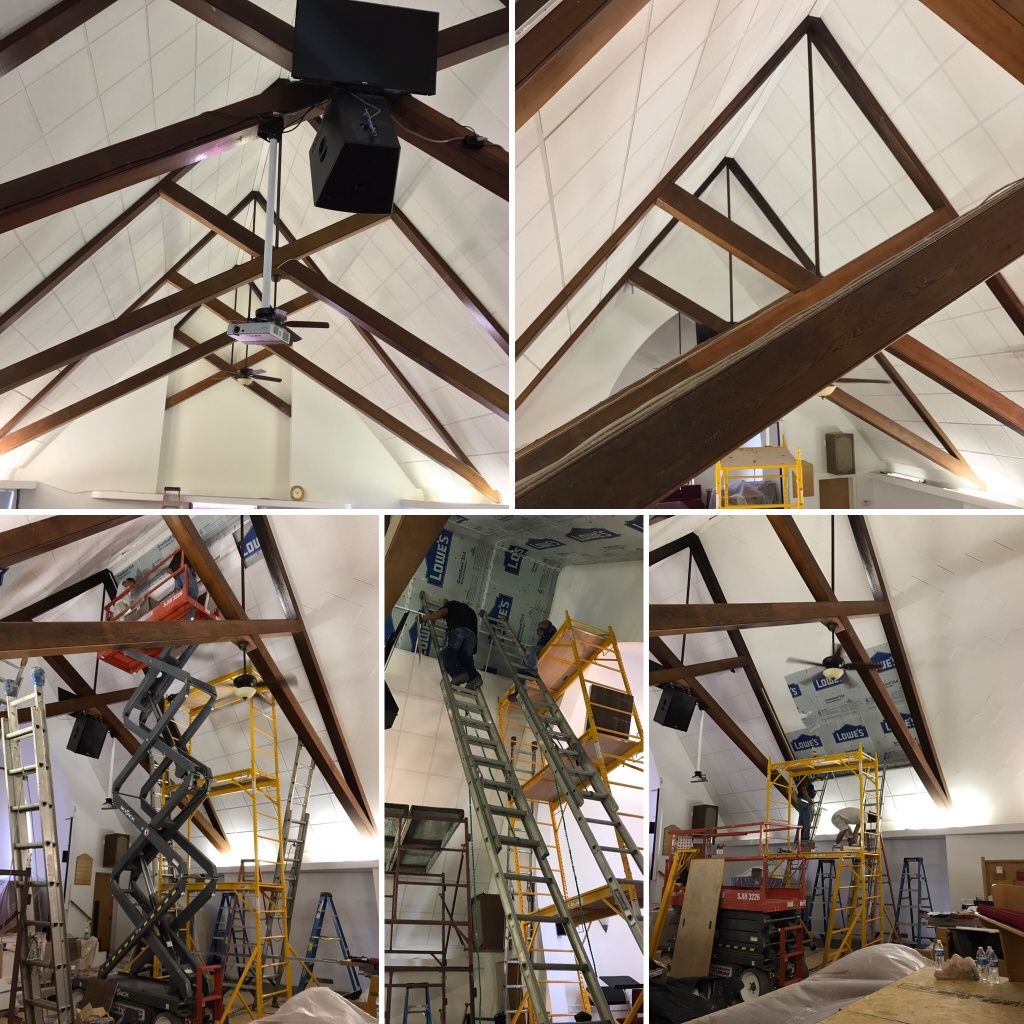
Supended / Drop Ceiling
Project Description On This Project:
- Vaulted Ceiling Suspended
- Drop ceiling 2×2 acoustical tiles Constructed
- Residential & Commercial Locations
- Church project
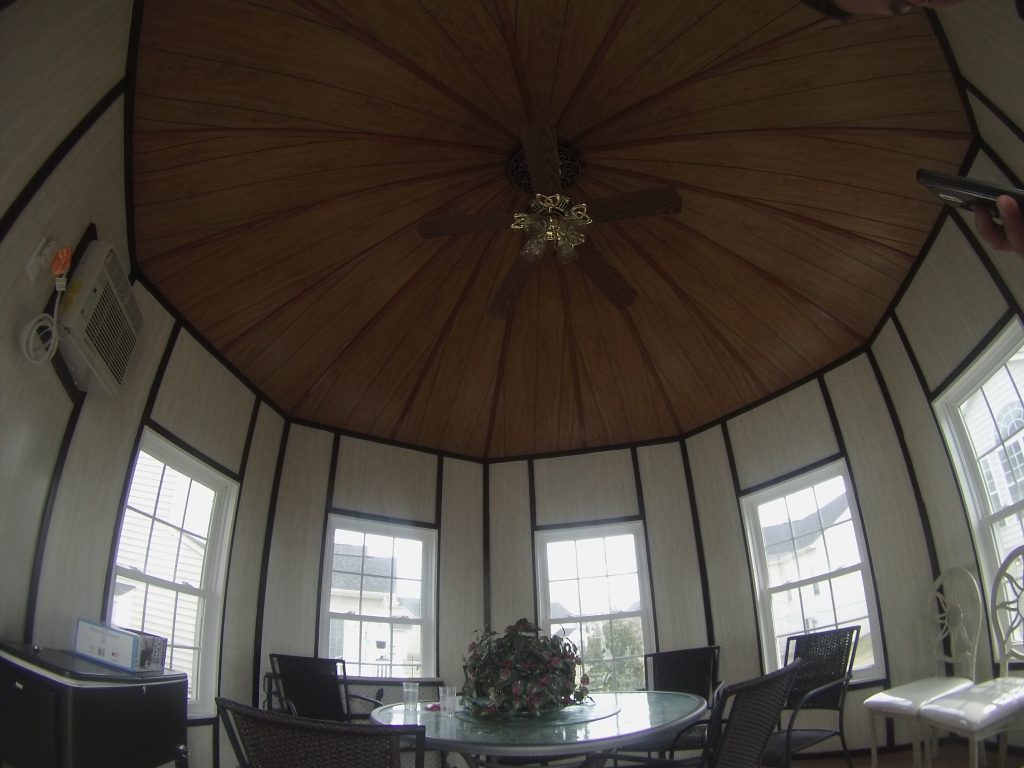
Cone Shape Tongue & Groove Boards Ceilings
Project Description On This Project:
- Cone Shape Tongue & Groove Board
- Residential & Commercial Locations
- Gazebo project
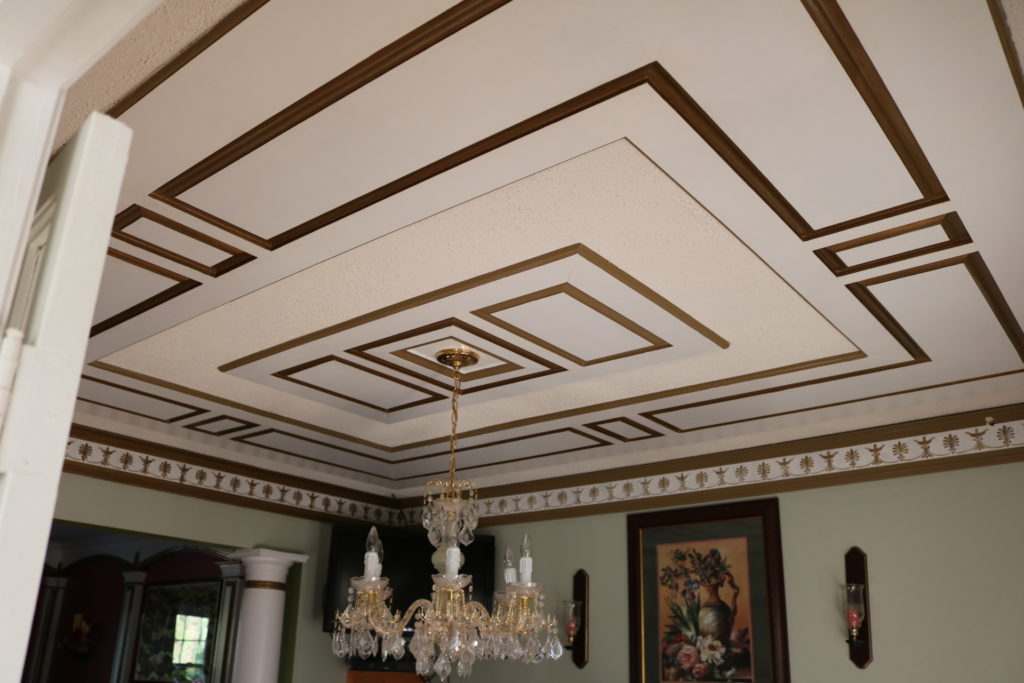
Custom Millwork Designs
Project Description On This Project:
- Flat Ceiling
- Added A Designer Touch to plain simple Ceilings
- Residential & Commercial Locations
- Dining Room custom built millwork Ceiling
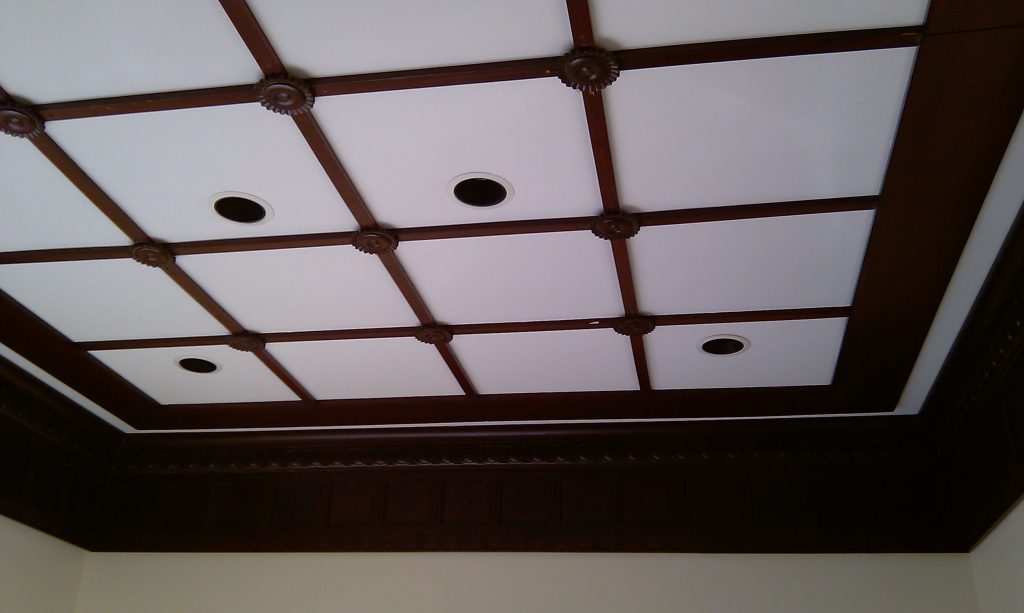
Custom Millwork Designs
Project Description On This Project:
- Flat Ceiling
- Added A Designer Touch to plain simple Ceilings
- Residential & Commercial Locations
- Bedroom project
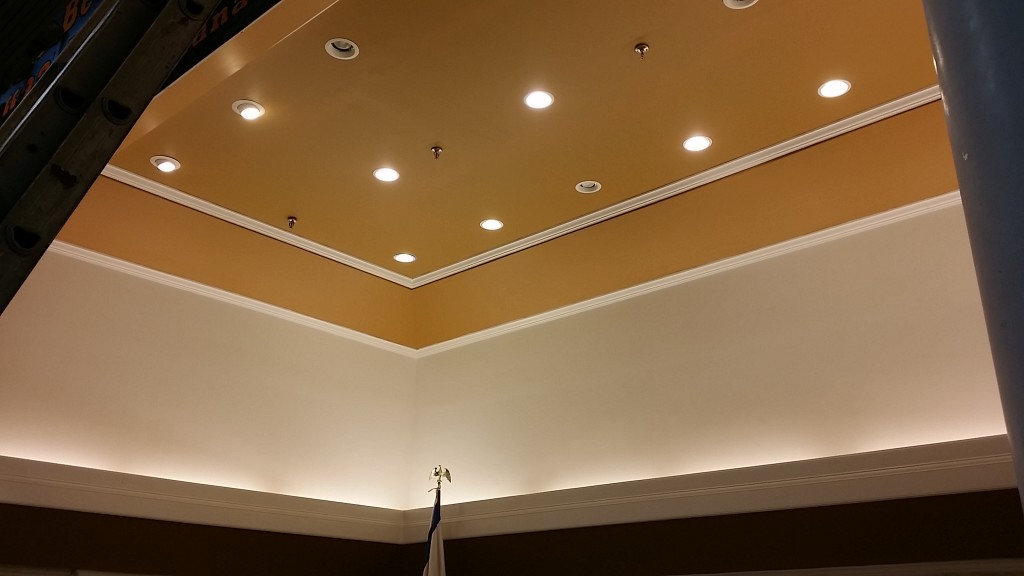
Cove Style Ceiling
Project Description On This Project:
- Cove Style
- Lighting accent
- Residential & Commercial Locations
Quick Info
Office: (571) 577-1211 Leave your message
Phone: (571) 577-1211 or (571) 921-2986: Text or Call
Location: Manassas, VA
Serving Northern Virginia, Washington D.C & Maryland
